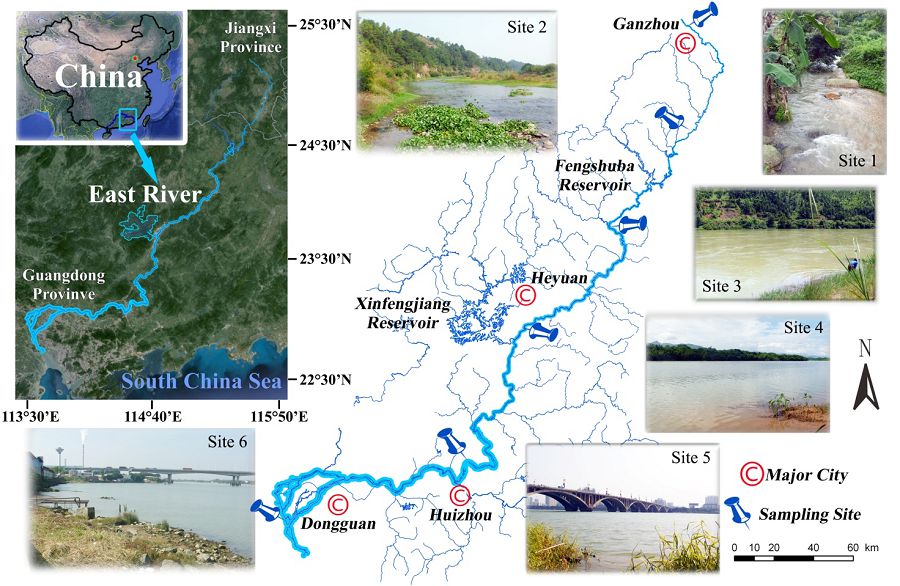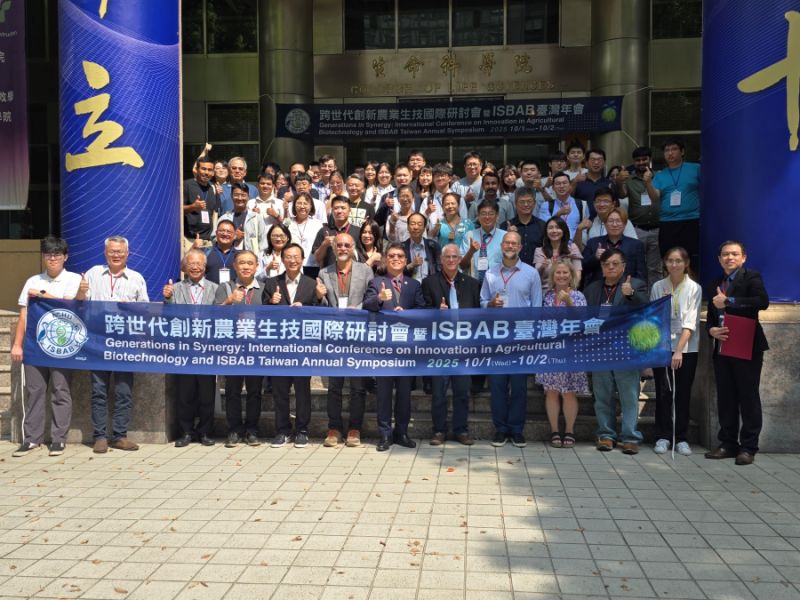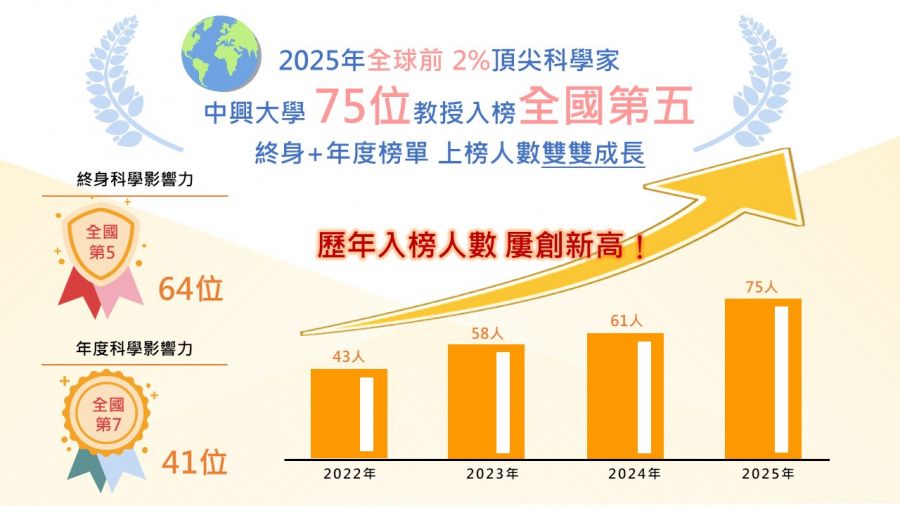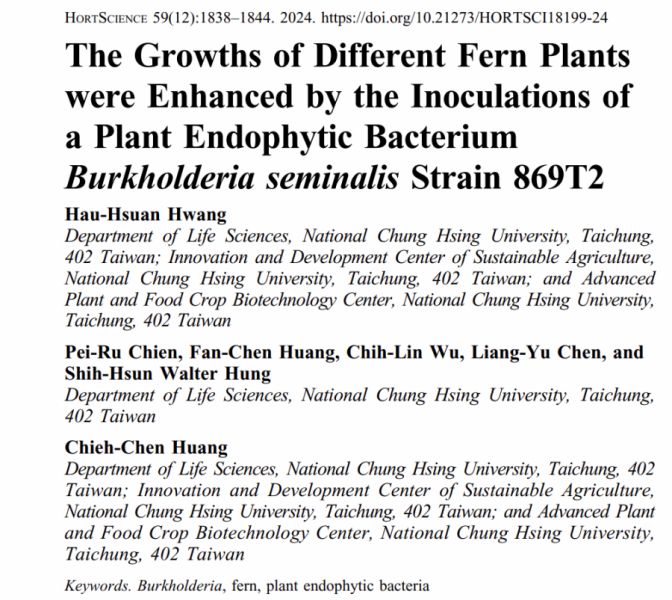生態農業:農業溫室氣體減量【生命科學系/林幸助特聘教授】
| 論文篇名 | 英文:Consumer-diet discrimination of δ13C and δ15N: source- and feeding-oriented patterns based on a gut content analysis of a large subtropical river in China 中文: 在中國亞熱帶河流中藉由胃內含物分析消費者δ13C and δ15N之訊號 |
| 期刊名稱 | RIVER RESEARCH AND APPLICATIONS |
| 發表年份,卷數,起迄頁數 | 2020, 36 (7): 1124-1136 |
| 作者 | Wang, Sai; Luo, Bang-Ke; Qin, Ying-Jun; Su, Lin-Hui; Stewart, Simon D.; Wang, Tuan-Tuan; Tang, Jin-Peng; He, Bai-Dong; Zhang, Jin-Hua; Lin, Hsing-Juh(林幸助)*; Yang, Yang* |
| DOI | 10.1002/rra.3644 |
| 中文摘要 | 了解流域中消費者階層同位素差值與胃內含物之食性差別有難度,因為從上游到河口之食物來源頗為複雜。∆13C 值顯示不同功能群有顯著差異,且魚、蝦及昆蟲有較高的值(1.20 ± 0.23‰ to 1.51 ± 0.31‰) 。∆15N值在無脊椎動物與魚類間亦有顯著差異,有階層越高值越高之趨勢。直線迴歸分析結果顯示∆13C 和 ∆15N的流域變化與附生藻的 δ13C值以及顆粒態有機質POM的δ15N 的值有關,以及消費者中附生藻與有機碎屑的比例有關。此結果顯示消費者同位素的差分值受到基礎食物來源的同為素值影響,也跟下游食物來源的轉變有關,尤其是以附生藻或碎屑之食物鏈有區域性之型態差異。因此利用同位素階層差值迴推營養階層時,建議所有消費者∆13C 使用 0.96 ± 0.26‰, 無脊椎動物之∆15N 使用 1.07 ± 0.32‰ ,但魚類用 2.38 ± 0.37‰ 。 |
| 英文摘要 | Understanding the trophic discrimination (∆13C and ∆15N) between consumers and diets in fluvial systems remains difficult because of the variable food sources and complex predator–prey interactions from headwaters to the estuaries. Here, stable carbon (δ13C) and nitrogen (δ15N) isotopes in fish and invertebrates from a large subtropical river in southern China were determined to explore trophic discrimination in conjunction with a gut content analysis. The ∆13C values showed significant differences (p < .05) among functional feeding groups, with fish, shrimp, and insect scrapers presenting higher ∆13C values (1.20 ± 0.23‰ to 1.51 ± 0.31‰) than other groups. The ∆15N values varied significantly between invertebrates (0.64 ± 0.17‰ of insect collector‐gatherers to 1.63 ± 0.36‰ of shrimp predators) and fish (1.98 ± 0.19‰ of detritivores to 2.71 ± 0.43‰ of crustaceavores) and exhibited an increasing tendency from primary to secondary consumers. A linear regression analysis revealed that the longitudinal changes in ∆13C and ∆15N were closely associated with the δ13C of periphyton, the δ15N of particulate organic matter (POM) in water, and the relative contribution (%) of periphyton and organic detritus to the diet composition of consumers. These results indicated that discrimination factors might not only be influenced by the isotope signatures of basal food sources but also downstream shifts in dominant food items utilized by consumers. In particular, trophic discrimination between periphyton– and detritus–based food chains, such as “epilithic diatoms–shrimp scrapers–crustaceavorous fish” and “POM–bivalves–molluscivorous fish,” displayed regionally specific patterns. When back‐calculating to the diet assimilation and trophic position in subtropical streams and rivers, we suggest using the basin‐scale ∆13C value of 0.96 ± 0.26‰ for all consumers and ∆15N values of 1.07 ± 0.32‰ for invertebrates and 2.38 ± 0.37‰ for fish. |







